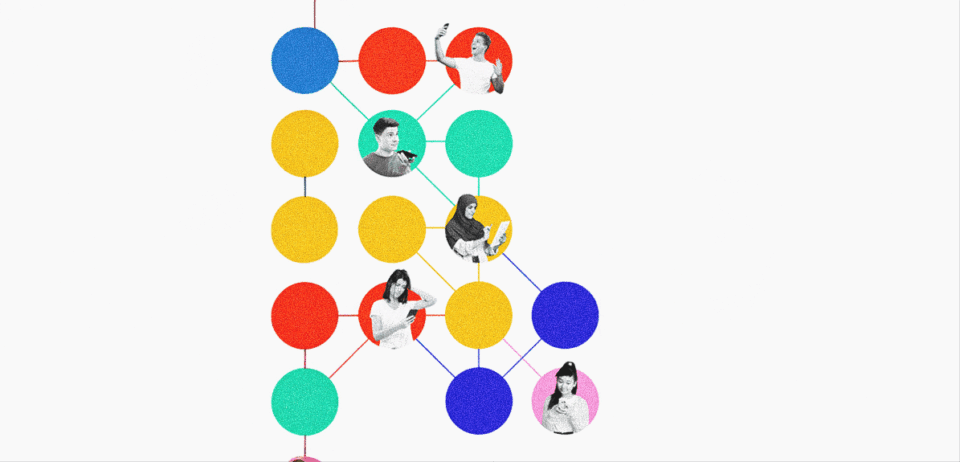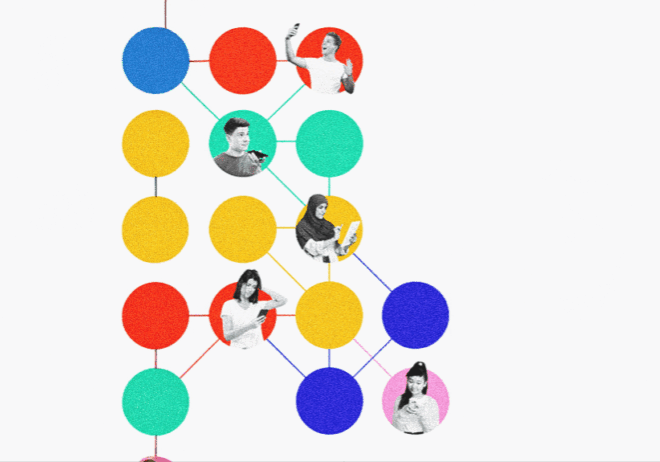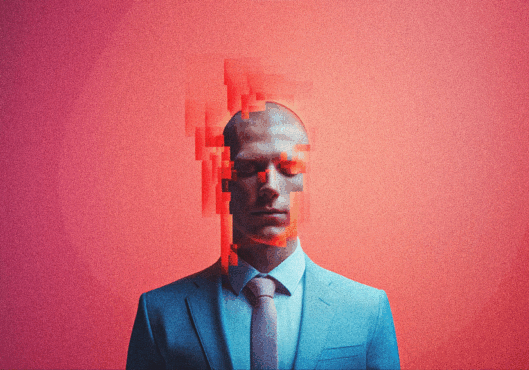
B2B influencer Marketing is Real and a Key to Thrive in Competition
The reach of young people has been increasing in the B2B ecosystem, and it is time to rethink marketing strategies. Adding B2B influencer marketing in brand strategies should be an urgent action. Why? Authentic connection through digital channels and clear communication are favorite approaches for new gen.
Millennials and Gen Z, ‘the new gen,’ make up more than 55 percent of the workforce in B2B departments, whether they are buyers or sellers.
Henceforth, mirroring their behaviors should be the priority for stakeholders rather than boxing these young minds into the same old mold.
By leveraging trusted voices and industry creators, brands can engage younger decision-makers in more relatable and human ways—aligning with how they consume, connect, and choose partners in the digital-first B2B landscape.
B2B influencer marketing is a behavioral cue
Millennial buyers are twice as likely as Gen X or Gen Z to hold top roles such as CTOs, VPs of Engineering, and Directors of Product.
And their influence is only expanding. Unlike the generations before them, Millennial and Gen Z buyers are not passive participants in the B2B buying process. They are digital natives with an ingrained expectation for speed, substance, and self-service.
Gen Z want context. They want to evaluate facts, compare options, and validate decisions through real-world evidence. Including: transparent pricing, smooth integrations, detailed onboarding processes, and authentic user experiences from people like them. This last factor has become the true differentiator in modern B2B marketing.
B2B influencer marketing not as a vanity tactic
It is a behavioral cue. Influencer marketing mirrors how these digital-native buyers consume and trust information. They follow industry voices, creators, and practitioners who simplify complexity and share honest takes.
When these trusted figures review tools, demonstrate workflows, or share “how I actually use this” walkthroughs, they activate the exact same trust reflex that drives B2C purchases, but adapts for a professional setting.
The spell behind the magic? Today’s business decision-makers don’t live in events or through PowerPoint slides. They absorb insights through bite-sized videos, LinkedIn posts, newsletters, and creator content that feels authentic, not rehearsed.
Mirroring these behavioral cues is the new B2B marketing playbook. Brands that still rely on one-way communication or static sales decks risk feeling out of sync with how buyers actually learn and decide. The modern B2B journey is not a funnel anymore. It’s a loop of exploration, validation, and internal consensus-building.
Within that loop, B2B influencers and creators act as the connective tissue — guiding discovery, providing social proof, and translating complex tech into relatable stories. Their credibility shortens decision cycles and builds the kind of trust no ad or landing page can buy.
LinkedIn put its seal of approval
“71% of B2B marketers are now Gen Z or millennial,” said Matt Derella, vice-president of marketing solutions, LinkedIn, in an interview with The Drum.
“A decade ago, the practice was to put out a white paper, get it downloaded, create a lead. Now you’re talking to a decision maker who has only grown up with a feed and whose first format of choice is more likely to be video.”
Matt Darella, The Drum/Interview
LinkedIn is very clear with its ad spaces. The largest professional social space has been trying to expand its limits from text posts to images, carousels, and now videos. A study by Censuswide with LinkedIn suggested that B2B buyers are increasingly relying on professional networks and community-driven content to evaluate brands.
While B2B brands (SaaS, finance, tech) are hinting at the adoption of AI tech in the B2B landscape, the reliance on influencers and community marketing shows where the greater power resides.
Deficit of human trust in the time of AI
AI is a big, beautiful tool — and the word “tool” perfectly captures its limitation. It has no sentience, no intuition, and no emotional depth. As we’ve discussed, Millennials and Gen Z professionals crave authentic human connections over automated responses or faceless AI systems. They don’t just want efficiency; they want empathy, relatability, and a sense of shared understanding.
As Derella aptly said, “They want to hear from other people… people that have jobs like theirs, who work for companies like theirs. Familiarity breeds trust.” That human familiarity is what anchors credibility in a digital world increasingly shaped by algorithms and automation.
B2B influencer marketing and creator-led collaborations are not just trends — they’re trust mechanisms. These marketing-creators bridge the emotional gap between technology and people. Their expertise, storytelling, and authentic voices humanize brands, making them more accessible to younger audiences who are naturally skeptical of traditional corporate communication.
AI, meanwhile, can still play a powerful supporting role. It can analyze data, personalize outreach, and help identify the right creators and audiences. But the heart of B2B engagement will continue to rely on human trust, on voices that feel real, conversations that feel mutual, and communities that feel alive.
But, LinkedIn videos are slumping
LinkedIn videos initially emerged as a formidable force in the crowded arena of professional content. The platform sought to carve a niche similar to Instagram Reels, TikTok, and YouTube Shorts, aiming to blend professional insight with the quick, snackable video format.
However, the sudden decline in views and impressions of LinkedIn videos in the second half of 2025 has exposed cracks in that ambition. Despite LinkedIn’s energetic push toward video-first content, the impact remains limited. The platform continues to be more conducive to text posts, carousels, links, and static images, formats that naturally align with its professional tone and algorithmic behavior.
Another challenge lies in the creative expectations placed on users. To stand out, creators must devise unique storytelling formulas that balance professionalism with personality.
Interestingly, the platform now seems divided. One faction of creators’ voices concerns over falling impressions and engagement, while the other continues to find value in community-driven storytelling and niche-focused content.
Cut to the chase
In the B2B world, the community isn’t just about gathering people. B2B influencer marketing through building community is about giving them reasons to return, contribute, and grow together.

